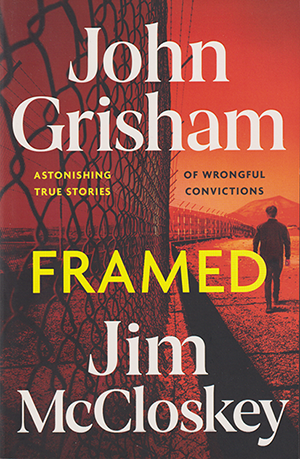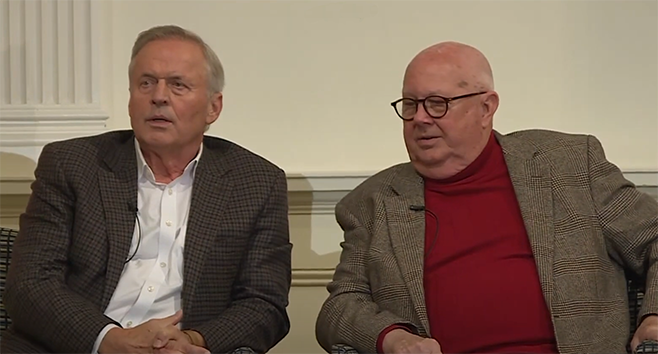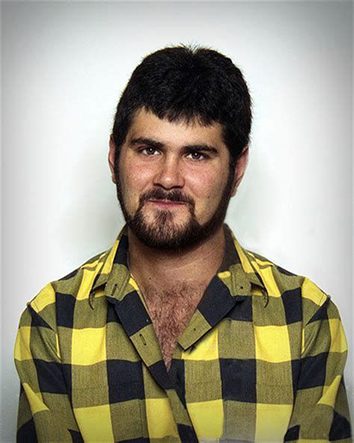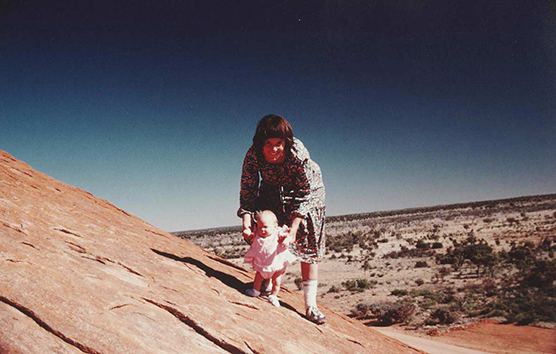

- Category:Non-Fiction, True Crime
- Date Read:29 July 2025
- Year Published:2024
- Pages:346

John Grisham, best known for his many crime novels, wrote his first non-fiction book, The Innocent Man: Murder and Injustice in a Small Town, in 2006. Now, some eighteen years later, Grisham has released his second non-fiction book, Framed, with Jim McCloskey, a now-retired Centurion minister who continues to work on cases to clear wrongful convictions.
The project involved Grisham and McCloskey each contributing five short stories based on cases McCloskey had overturned convictions on during his career. Each writer speaks in the preface about the fact that there are so many cases to choose from, which made it difficult to choose which ones to focus upon.
Most people believe that if a person is convicted of a crime, that generally, the decision must be correct and therefore the punishment given is justifiable. But Grisham and McCloskey’s book shows that time and time again these cases, the US legal system has gotten it very, very wrong. In fact, in the US there are over 3000 noted cases where wrongful convictions have been proven. The Innocence Project, a nonprofit organisation in the US, suggests that this has actually been the case in approximately 4% of capital cases. The US leads the world in wrongful convictions.
As an ex-Legal Studies teacher, and having served on three juries, two of which I still feel should have been guilty verdicts but were not (due to inadequacies in the prosecution at the time) I have seen people I believed guilty set free. I have not personally seen the opposite. But for an innocent person, like many in this book’s stories, to be convicted and spend many a year before being set free, or sometimes even being put to death before being proven not guilty, is a heinous crime in itself.
I know there have been a few cases like this in Australia where we live, but the presumption of ‘innocent until proven guilty’ is the cornerstone of both our countries, and yet such inconsistencies still occur. One of the most noted cases in Australia is the Azaria Chamberlain case which drew worldwide notice after a mother was convicted of killing of her child. Lindy Chamberlain famously claimed that her daughter, Azaria, was taken by a dingo near Uluru. Years after her guilty verdict was decided, and having served jail time, she was cleared of any wrongdoing. Australia has noted one hundred such wrongful convictions since 1922. The guilt or innocence of the last man executed in Australia – Ronald Ryan in 1967 for the death of a prison guard – is still contested.
Grisham and McCloskey chose to write about five cases each. What came to mind as I was reading was the time periods, mostly set in the late ’90s, and the location of each, mostly southern states of the US. Whether the locations were simply coincidental or not, I can’t be sure, but certainly many of the cases are from a period when DNA evidence was not widely used because it was far less reliable, and in a number of these cases, people who claimed to be experts in a particular field relevant to the case, actually were not. These problems extend to a range of expert witnesses, from bite theory to blood spatter, as well as arson.
A number of the cases also emphasise that racism was involved in making judgements about who the perpetrators of crime were. Despite the presumption of innocence being implemented in the US Southern states in the 1960s, it is obvious that for a country so divided, it is still a major factor in many cases today.
The Innocence Project, in fact, identifies three main causes of wrongful conviction: eyewitness misidentification (72 %); false confessions; and official misconduct. Each story in Grisham and McCloskey’s book demonstrate at least one of these factors were influencing the verdict.
As I read the very first story, I kept thinking ‘how can this be?’ For instance, a man in New Jersey in the late ’90s was accused of killing someone when there was clear evidence that proved he was nowhere near the area at the time. Despite this, more and more suspects were brought forward, only to be discounted, only for the trial to return to the impossible conclusion that was being made. It was so unbelievable, it was laughable. One wonders how cases like this can be tried, let alone a conviction posted. Luckily, in his case, the verdict was eventually overturned, but some were not as lucky.
Perhaps for me, the scariest of all of these cases was the last. It involved a young father who was at home with his children when it was engulfed in flames. Two so-called experts at the time gave testimony on the movement of the flames, proclaiming that the fire was certainly deliberately lit. After fourteen years, despite the prospect that his name would be cleared with new evidence from a more qualified expert, the father was put to death by lethal injection.
Powerfully written, this book highlights cases which are seldom heard of. I personally felt that those written by Grisham, himself, were better written than McCloskey’s, but perhaps that is because he is used to writing about crimes and has written over fifty novels on the subject. However, each story adds to the sense of bewilderment, leaving the reader to question how the legal system could possibly have brought these cases to trial, let alone to have convicted innocent people, some of whom have spent up to forty-odd years in jail for crimes they didn’t commit.
It is indeed an eye opening book.


An Australian Case
